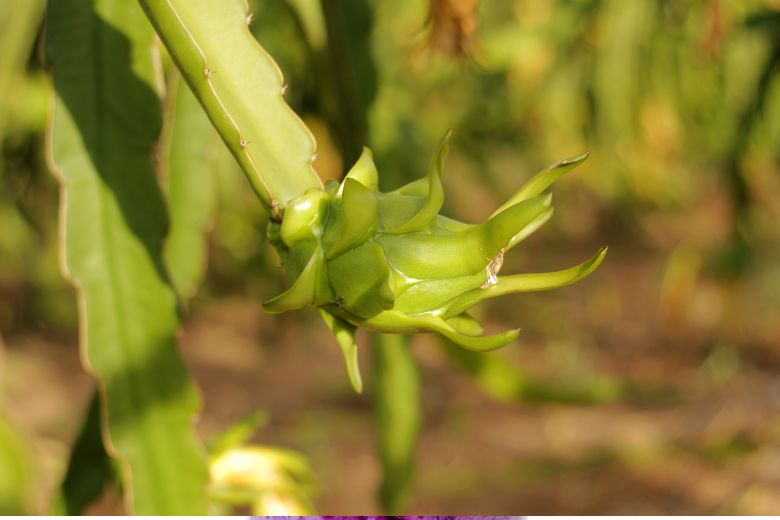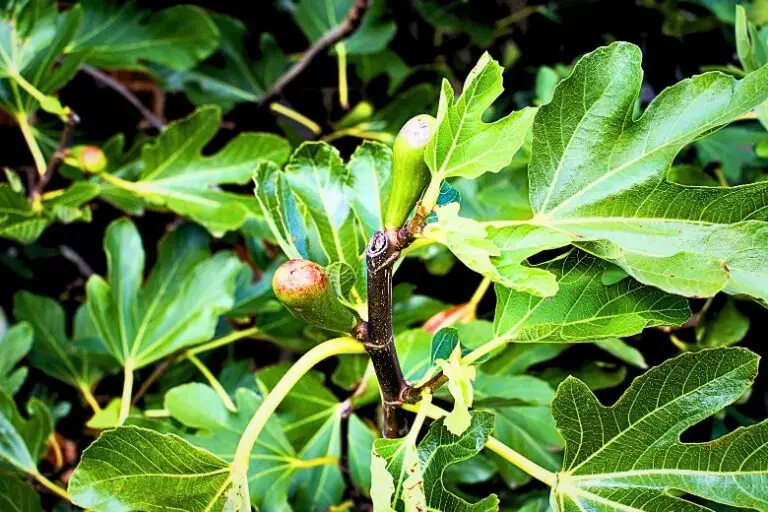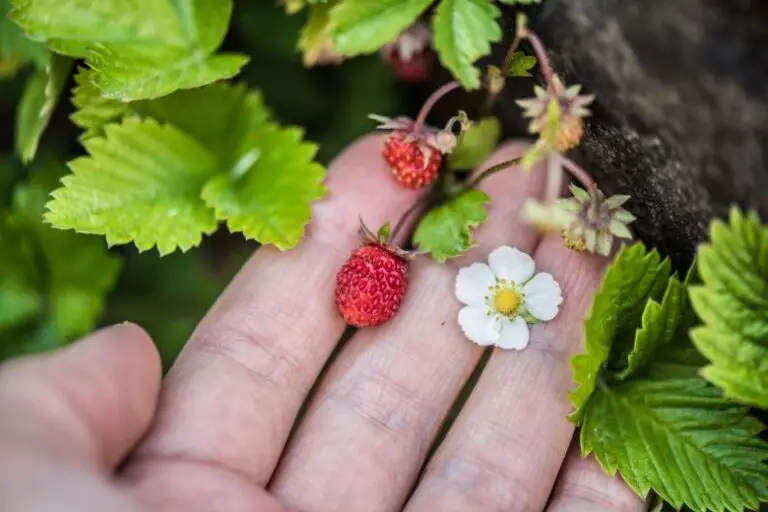Understanding Green Dragon Fruit Plants
Dragon fruit, also known as pitaya, is a tropical fruit that comes in various colors, including red, white, and yellow. Among these varieties, the green dragon fruit stands out for its unique appearance and remarkable health benefits. In this article, we will explore the fascinating world of green dragon fruit plants, from their origins and cultivation methods to their nutritional benefits and culinary uses.
Introduction to Green Dragon Fruit
Green dragon fruit, scientifically known as Hylocereus undatus, belongs to the cactus family, Cactaceae. It is native to Central America and has gained popularity worldwide for its vibrant color and distinct flavor. This fruit is known for its spiky, oval-shaped exterior and soft, juicy flesh that contains numerous small, black seeds.
Origins and Cultivation
Native Habitat
The green dragon fruit plant thrives in tropical and subtropical regions. It is believed to have originated in Mexico and Central America, where it grows abundantly in warm climates with well-drained soil. Today, it is cultivated in various countries, including Thailand, Vietnam, and the Philippines.
Cultivation Methods
Green dragon fruit plants can be propagated from seeds, but the most common method is through cuttings. By taking stem cuttings and planting them in well-prepared soil, growers can establish new plants that will bear fruit within a few years. These plants require proper care and attention during the early stages of growth, including regular watering and protection from extreme weather conditions.
Plant Characteristics
Physical Appearance
The green dragon fruit plant is a climbing cactus with long, slender stems that can reach up to 20 feet in length. It features three prominent wing-like ridges that extend along the sides of each stem. The plant produces beautiful, fragrant flowers that bloom at night and attract pollinators such as moths and bats. These flowers give way to the vibrant green fruits, which ripen and develop their unique flavor over time.
Growth Patterns
Green dragon fruit plants exhibit rapid growth under favorable conditions. They require a sturdy trellis or support structure to climb and spread their stems. With proper care and maintenance, these plants can become a visually stunning addition to any garden or orchard.
Nutritional Benefits
Vitamins and Minerals
Green dragon fruit is a rich source of essential vitamins and minerals. It contains high levels of vitamin C, which is known for its antioxidant properties and its role in boosting the immune system. Additionally, it provides essential nutrients like iron, calcium, and phosphorus, which contribute to overall health and wellbeing.
Antioxidants
Antioxidants play a crucial role in protecting the body against harmful free radicals and reducing the risk of chronic diseases. Green dragon fruit is packed with antioxidants, including betalains and flavonoids, which have been linked to anti-inflammatory and anticancer effects.
Health Benefits
Digestive Health
Green dragon fruit contains dietary fiber, which aids in digestion and promotes bowel regularity. Regular consumption of this fruit can help prevent constipation and maintain a healthy digestive system.
Immune System Boost
The high vitamin C content in green dragon fruit strengthens the immune system, making it more resilient against infections and diseases. Including this fruit in your diet can help fortify your body’s defense mechanisms.
Heart Health
The antioxidants found in green dragon fruit help reduce oxidative stress and inflammation, both of which are risk factors for heart disease. Incorporating this fruit into a balanced diet can contribute to a healthier cardiovascular system.
Weight Management
Green dragon fruit is low in calories and high in fiber, making it an excellent choice for those looking to maintain or lose weight. Its natural sweetness can satisfy cravings without adding excessive calories to your diet.
Culinary Uses
Smoothies and Juices
Green dragon fruit can be blended into delicious smoothies and juices. Its mild, slightly sweet flavor pairs well with other tropical fruits like pineapple and mango, creating refreshing and nutritious beverages.
Salads and Salsas
Sliced green dragon fruit can be added to salads or used as a unique ingredient in salsas. Its vibrant color and crunchy texture add a visually appealing element to any dish.
Desserts and Baked Goods
From ice creams and sorbets to cakes and pastries, green dragon fruit can be incorporated into a wide range of desserts and baked goods. Its subtle flavor and striking appearance make it an ideal ingredient for creative and visually stunning treats.
Growing Green Dragon Fruit
Soil Requirements
Green dragon fruit plants thrive in well-drained soil with a pH level between 6 and 7.5. Sandy loam or loamy soil with good water retention properties is ideal for their growth. Organic matter, such as compost or well-rotted manure, can be added to enhance soil fertility.
Sunlight and Temperature
These plants require full sun exposure for at least six hours a day to produce optimal fruit. They can tolerate high temperatures but may need protection from intense heat and prolonged sunlight exposure.
Watering and Fertilization
Green dragon fruit plants have moderate water needs. They should be watered regularly but not excessively. Overwatering can lead to root rot and other problems. Fertilizers rich in nitrogen, phosphorus, and potassium can be applied during the growing season to promote healthy growth and fruit production.
Pruning and Maintenance
Pruning is essential for maintaining the shape and productivity of green dragon fruit plants. Removing dead or diseased branches, as well as excessive growth, can improve airflow and prevent the spread of pests and diseases. Regular maintenance, such as weeding and mulching, is also necessary to keep the plants healthy.
Common Challenges in Cultivation
Pests and Diseases
Green dragon fruit plants are susceptible to pests such as mealybugs, aphids, and scale insects. Regularmonitoring and early intervention can help prevent infestations. Common diseases that affect these plants include fungal infections and bacterial rot, which can be controlled through proper sanitation practices and the use of organic fungicides.
Environmental Factors
Extreme weather conditions, such as frost or heatwaves, can negatively impact green dragon fruit plants. Protecting them from temperature fluctuations and providing adequate shelter during harsh weather is crucial for their survival. Additionally, excessive rainfall or poor drainage can lead to root rot and other water-related issues.
Harvesting and Storage
Harvesting Techniques
Green dragon fruit should be harvested when fully ripe. The fruit’s color should be bright green, and it should give slightly when gently squeezed. Using pruning shears or a sharp knife, cut the fruit from the stem, leaving a small portion of the stem intact.
Post-Harvest Care
After harvesting, green dragon fruit can be stored at room temperature for a few days. However, for longer storage, it is recommended to refrigerate the fruit. Place it in a plastic bag or container to prevent moisture loss and maintain freshness.
Conclusion
In conclusion, green dragon fruit plants offer not only a visually striking addition to gardens but also a wealth of nutritional benefits and culinary versatility. With their unique appearance, vibrant flavor, and remarkable health properties, these plants have captured the attention of fruit enthusiasts worldwide. By understanding their origins, cultivation methods, and various uses, individuals can enjoy the beauty and goodness of green dragon fruit.







